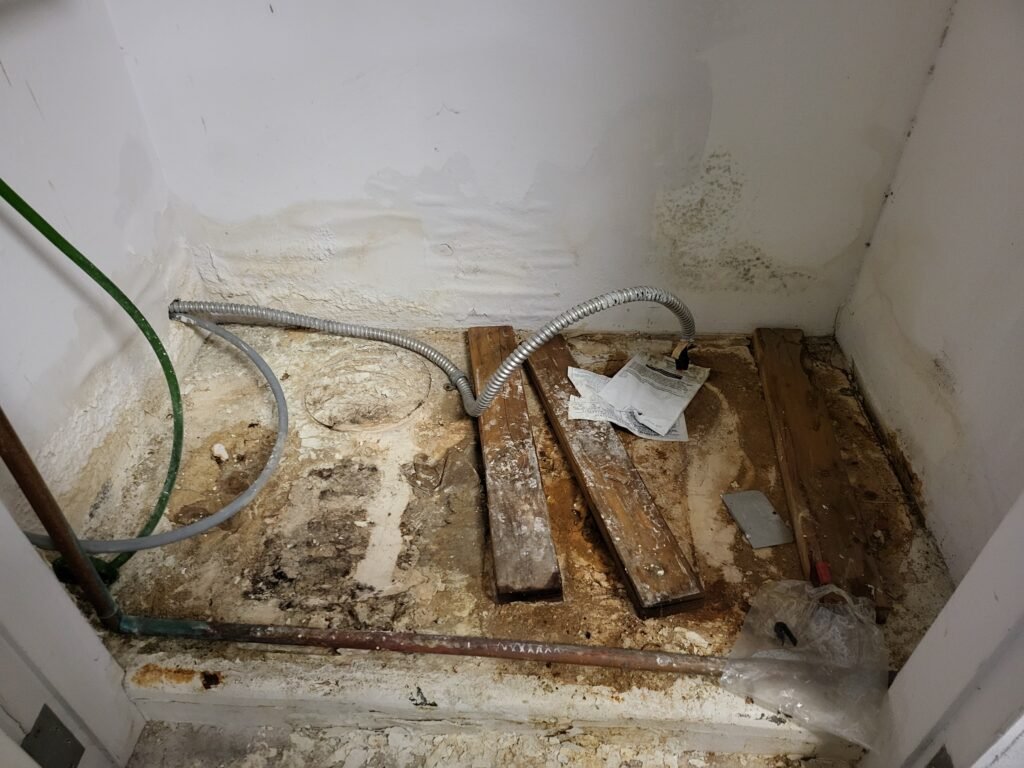Mold Prevention

Simple Steps to Prevent Mold in Your Home
Your best chance at healthy air & a healthy home…

When to Call in a Professional
Even with good prevention habits, mold can sometimes appear in hidden places. If you notice any water stains, or begin to have unexplained allergies, it’s probably time to call in a professional mold inspection company. Experts use tools like moisture meters and thermal imaging to find mold you can’t see. Early detection allows for quick and effective remediation before serious damage occurs. Preventing mold isn’t complicated, it just takes awareness and consistent upkeep, but sometimes you still need professional help. Call us if mold has gotten out of control in your home or business. We are happy to help.